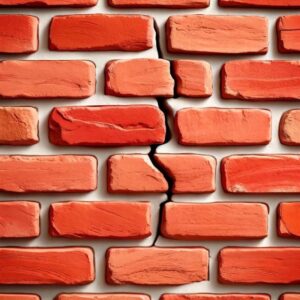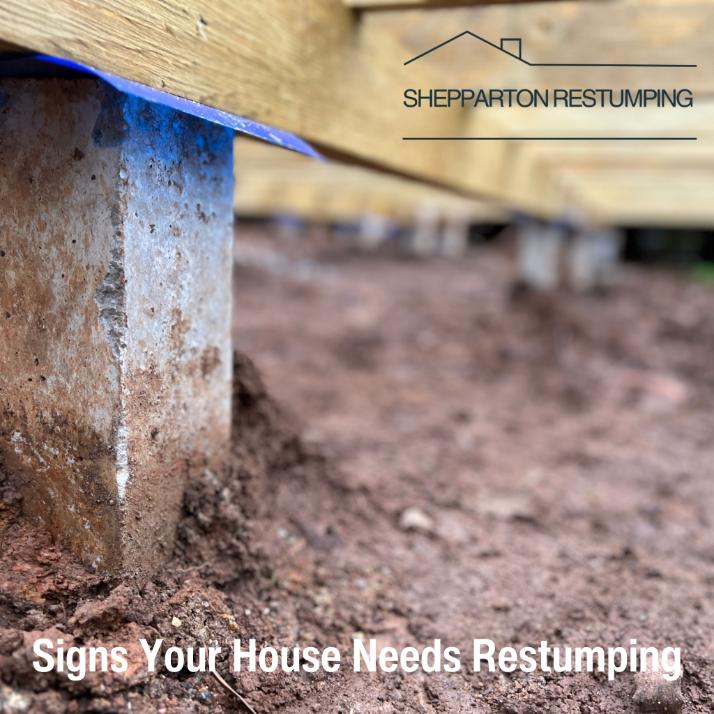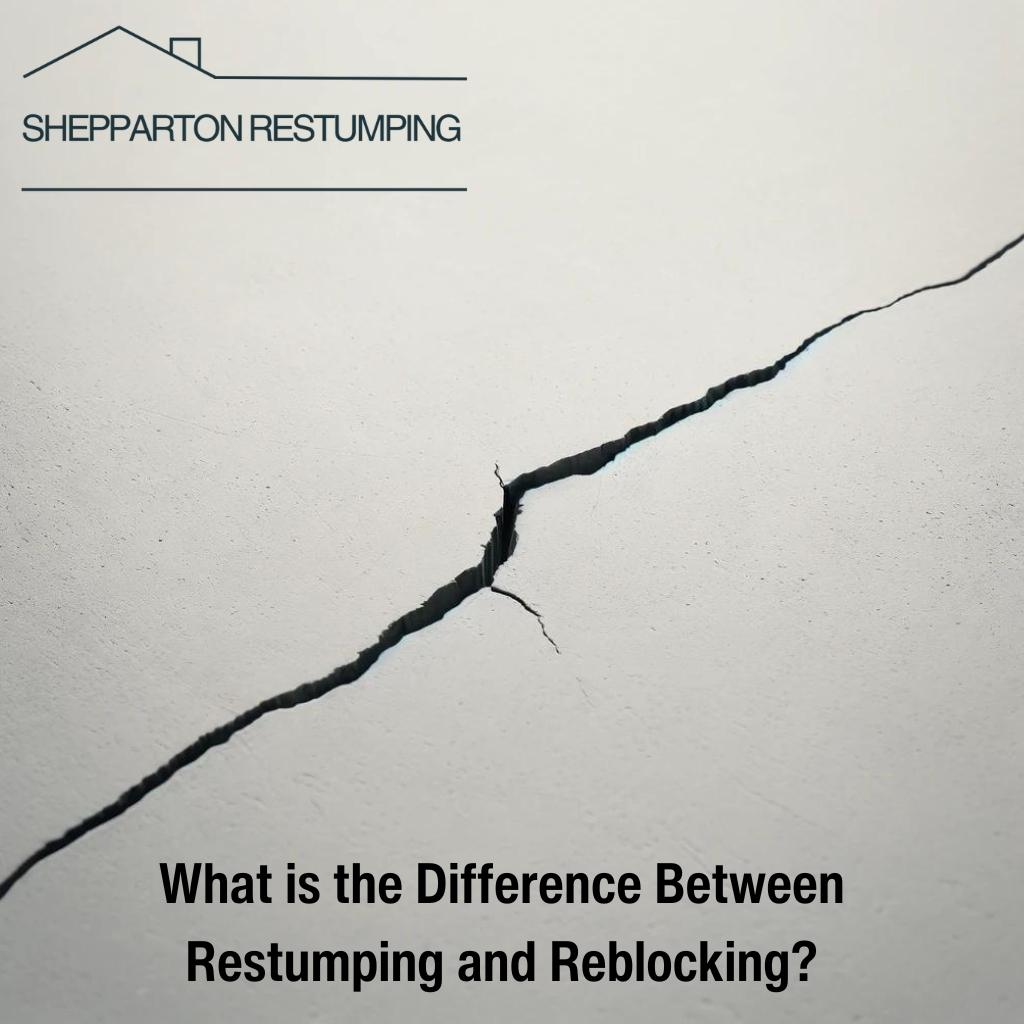The signs your house needs restumping are uneven floors, cracks in walls, sticking doors and windows, bouncy floors, visible damage to stumps, and noise in the structure. If you’re noticing any of these, it might mean the supports under your home are wearing out, which can throw things a bit off balance.
To keep everything safe and sound, looking into quality restumping services that can help stabilise your home again is a good idea.
In this post, we’ll discuss more about the common signs indicating your home needs restumping.
Uneven Floors
Have you noticed that your floors start to slope or feel uneven? This could be a sign that your house needs restumping. Over time, the stumps supporting your home can settle or even deteriorate, especially if they’re made from materials like old timber that are prone to damage from soil conditions and moisture.
If your floors aren’t level, it can lead to more than just a visual issue—it can make furniture uneven and doors difficult to operate. Checking your floors regularly, especially in older homes, can help you spot this problem early and avoid more extensive and expensive repairs later.
Cracks in Walls
Cracks appearing in your walls, especially around doors and windows, are a big red flag that your house might be settling unevenly because the stumps underneath are failing. These cracks can start small but often get worse over time.
It’s important not to ignore them because they can compromise the structural integrity of your home and potentially impact electrical installations if they’re near wiring. Keep an eye on these cracks; if they’re growing, it might be time to think about getting your house restumped.

Sticking Doors and Windows
If you’re finding it hard to open or close your doors and windows, it might be more than just a minor annoyance—it could indicate serious issues with your home’s foundation. When the stumps under your house shift or deteriorate, they can cause your home to warp slightly.
This warping can misalign your doors and windows, making them stick. Addressing this issue makes your home more secure and easier to heat or cool and helps prevent further structural damage.
Bouncy Floors
A bouncy or spongy floor is a telltale sign that the stumps supporting your floor may be weakened. This can be particularly problematic as it may lead to vibrations that affect your electrical fittings and appliances, causing them to disconnect or move. Ensuring that strong, healthy stumps support your floors is crucial for the safety and functionality of everything in your home. If your floors feel a bit too springy, it might be time to consider having a professional take a look.
Visible Damage to Stumps
Taking a look at the stumps under your house can often tell you a lot about their condition. If you see signs of rot, insect damage, or general wear and tear, these are clear indications that it’s time to think about restumping.
Through modern restumping techniques, professionals can replace old, damaged stumps with new ones made from durable materials like steel or concrete, which can greatly extend the life of your home’s foundation and provide peace of mind.
Noise in the Structure
Hearing strange noises like creaking or popping from your home’s structure is not just unsettling—it can be a sign of unstable or failing stumps. These sounds usually occur as different parts of your house shift due to instability.
If you start hearing these kinds of noises, it’s a good idea to thoroughly inspect the cause and address any issues before they become major problems. Keeping an ear out for unusual sounds and acting quickly can help keep your home safe and sturdy.





